Profoundly Zhejiang
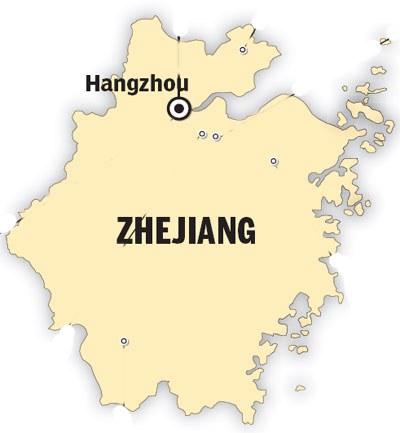
Tour of the province offers a trip through scenic sites and thousands of years
Zhejiang offers tourists from around the world the chance to not only appreciate beautiful landscape, but also experience legacies left by millennia-long civilizations.
A tour to discover the history and cultures of Zhejiang should begin in Liangzhu, a small town in the north of the province, where archaeologists have unearthed farming tools, rice seeds, pottery and a boat dating back 4,000 to 5,000 years.
About 4,000 years ago, the legendary hero Dayu fought a flood in Zhejiang, the most severe in the nation's history. He continues to permanently reside in Zhejiang, at rest in his tomb in Shaoxing.
Zhejiang also shines down through history during the Eastern Jin (317-420) and Southern Dynasties (420-589), a time when escaping intellectuals and artisans from wars in northern and central China brought with them a range of culture to the region - poems, porcelain, calligraphy, philosophies and religions.
The Orchid Pavilion, home of the nation's greatest calligrapher Wang Xizhi, and Mount Putuo, one of China's four scared sites for Buddhists, are evidence of the cultural prosperity of the time.
The divided nation was later reunited by the Sui Dynasty (581-618). The second emperor of the empire ordered construction of the country's longest canal, which ended in Hangzhou, greatly facilitating trade and other links between the north and south.
The Southern Song Dynasty (1127-1279) followed when defeated rulers of the Northern Song Dynasty (960-1127) relocated to Hangzhou, making it the capital of a smaller empire.
Once again, craftsmen from the north brought their best to Zhejiang, making the nation's finest porcelain in Longquan of southwest Zhejiang, and building the bridges of Taishun in the south, many of which are still well preserved today.
With the boats of Liangzhu in mind, a tour of history and cultural discovery might well end on a boat on South Lake in Jiaxing, where the a group of youth including Mao Zhedong convened in 1921 to found the Communist Party of China.
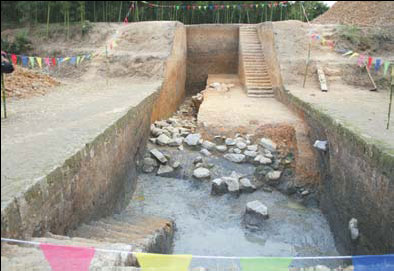
Liangzhu civilization
The ancient site in the suburban town of Liangzhu in Hangzhou and its neighboring areas held relics now unearthed that include painted pottery, jade artifacts, rice seeds and boat oars used 4,000 to 5,000 years ago. Foundations of houses, tombs and an altar for sacrifice were also discovered, indicating a civilization equal to those in northern and central China.
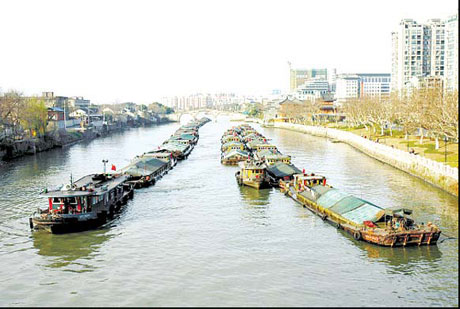
Grand Canal
The first attempts to build smaller canals in the region may date back to the Spring and Autumn period, but Yang Guang, the second emperor of the Sui Dynasty, was the first to build a long canal to link Hangzhou and Luoyang in Henan province.
The project led to the fall of his young empire because it could not sustain the massive effort, but what was left behind was then the greatest water diversion project in the world. During the Yuan Dynasty (1279-1368), the canal was rebuilt and extended to Beijing, which by then was the nation's capital.
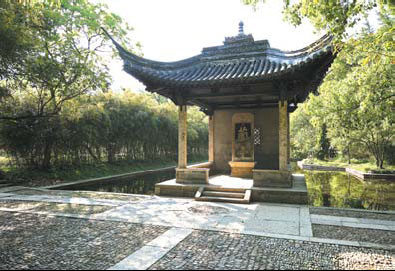
Orchid Pavilion
The Orchid Pavilion in the southwestern suburb of Shaoxing neighbors a meandering stream and green hills thick with forests and bamboo.
Its name is from an orchid farm planted during the reign of King Gou Jian of the Yue Kingdom during the Spring and Autumn Period (770-476 BC). Its pavilion was first built in the Han Dynasty (206 BC-220 AD).
It became a part of the residence of China's greatest calligrapher Wang Xizhi during the Southern Jin Dynasty. The Orchid Pavilion became enshrined in history when Wang invited his friends there to write poems in the year 353. His introduction to the resulting work, written with his unmatched calligraphy skills, is now known as the Preface to the Orchid Pavilion Collection and considered a masterpiece of Chinese writing.
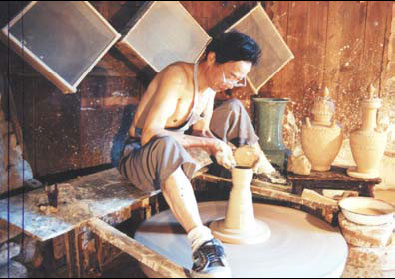
Longquan Kilns
Porcelain reached its peak of quality and artistry during the Song Dynasty (960-1279), with blue porcelain produced in Longquan of southwest Zhejiang among the very best.
Longquan's porcelain production began in the Three Kingdoms period (220-280). During the Southern Song Dynasty, craftsmen from the north migrated to Longquan and built kilns to provide porcelain to the imperial family and for actual export to foreign countries.
As imperial demand withered during the Qing Dynasty, Longquan's porcelain industry declined, leaving behind only kiln sites to mark one of the best porcelains ever produced in China.

South Lake in Jiaxing
Hiring a boat and spending a leisure summer day on the famed lake in Zhejiang is popular with tourists from neighboring Shanghai who want to escape the hot weather and hectic life of the metropolis.
A somewhat similar scene was played out on August 2, 1921, when the boss of a touring boat on the lake welcomed a number of travelers from Shanghai.
But the group including Mao Zedong was no ordinary gathering of leisurely tourists. They had arrived for an historic meeting, to announce the founding of the Communist Party of China, which 28 years later led the establishment of the People's Republic of China.
The host boat for the historic moment has not survived, but a replica was made in 1959 to give visitors a feel for the scene that changed history.

Imperial Tomb of Dayu
The tomb in Kuaiji Mountain in southeastern Shaoxing is composed of arched gates, the burial site and temples.
Credited with control of flooding in primitive Chinese civilization, Dayu is regarded as one of the founders of the Chinese nation. For 4,000 years the tomb has been the site of sacrifices and pilgrimages to honor Dayu.
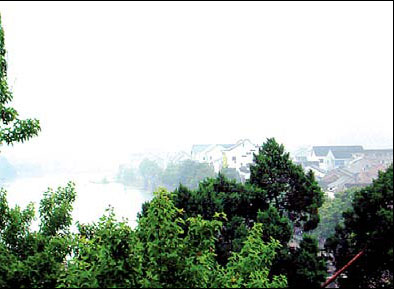
Xikou town
Xikou, the hometown of late Kuomintang leader Chiang Kai-shek, has a much longer claim to fame, with a reputation stretching back as far as more than a thousand years.
Li Bai, the greatest Tang Dynasty (618-907) poet, regarded Xikou and its neighboring stream Shanxi and the surrounding mountains a "community for immortals".
He dreamt that "I fly high above Mirror Lake, with two moons (one on the water and one in the sky) accompanying me to Shanxi stream".
The young Chiang Kai-shek left his hometown a hundred years ago on a journey to fight the Qing Dynasty rulers, and finally became leader of the ruling Kuomintang.
After losing the civil war in 1949, he had a last glimpse of his hometown and left for Taiwan. His thoughts of Xikou were so strong that he hoped on his deathbed that his body could some day return to be together with his mother and other ancestors.
(China Daily 05/06/2010 page15)














